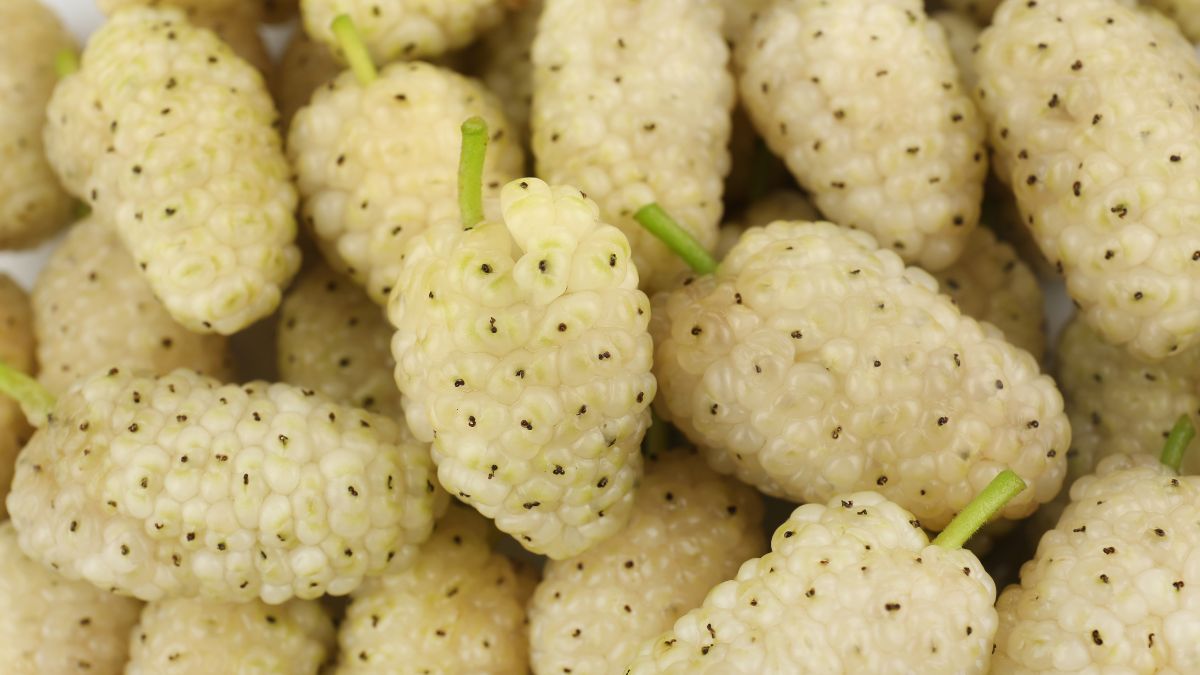Physiotherapy for Stroke Patients: Techniques for Improved Mobility
Physiotherapy for Stroke Patients: Techniques for Improved Mobility
White Mulberry: Blood Sugar Control and Root Bark Toxicity Awareness

White Mulberry: Blood Sugar Control and Root Bark Toxicity Awareness
In a world where the marvels of nature ceaselessly astonish us, the White Mulberry (Morus alba) stands out as a botanical enigma, offering a bounty of health benefits shadowed by a cautionary tale. This remarkable tree, with its ethereal beauty and profound medicinal properties, invites us into a narrative that intertwines the promise of blood sugar control with the whispered warnings of root bark toxicity. The tale of the White Mulberry is not just a story of healing and hazard; it’s a testament to the delicate balance that nature maintains, urging us to tread with both awe and awareness.
At the heart of this narrative is the White Mulberry’s ability to control blood sugar levels, a beacon of hope for millions grappling with diabetes. The leaves of this extraordinary tree contain compounds that mimic insulin, the hormone responsible for regulating blood sugar. Consuming these leaves, either in the form of tea or as an extract, can lead to a significant reduction in blood sugar spikes after meals, a phenomenon that has captured the imagination of the scientific community and those seeking natural remedies for diabetes management. The implications are vast and awe-inspiring; here lies a plant that offers a natural means to combat one of the modern world’s most prevalent health challenges, promising a life less burdened by the constraints of chronic illness.
But as with all tales of great power, there comes a caution. The root bark of the White Mulberry harbors a darker secret, a toxicity that whispers warnings to those who would seek to harness its benefits without respect for its potential dangers. This part of the tree contains alkaloids that can be harmful, even fatal, if consumed improperly. The stark contrast between the healing prowess of the leaves and the hazardous nature of the root bark serves as a poignant reminder of the complexities inherent in the natural world. It compels us to approach the gifts of nature with a blend of reverence and prudence, recognizing that within the folds of its wonders lie risks that must be navigated with knowledge and care.
The narrative of the White Mulberry is a microcosm of the broader relationship humanity shares with the natural world—a relationship marked by discovery, healing, and the perpetual need for caution. It underscores the importance of scientific research and education in unlocking the potential benefits of natural remedies while safeguarding against their risks. For those who venture into the realm of natural health, the story of the White Mulberry serves as both inspiration and warning. It encourages us to marvel at the healing powers that nature offers, while also reminding us of the responsibility we bear to approach these gifts with a sense of responsibility and respect for their complexity.
In the end, the tale of the White Mulberry is not just about a tree; it’s about the awe-inspiring potential of nature to heal and harm, and the journey of discovery that leads us to a deeper understanding of the world around us. It invites us to look beyond the surface, to explore the depths of nature’s bounty with a sense of wonder, caution, and an ever-present awareness of the delicate balance that defines our existence on this planet. In the leaves and roots of the White Mulberry, we find a powerful metaphor for the dual nature of life itself—filled with incredible potential and inherent risks, demanding our respect, awe, and careful stewardship.